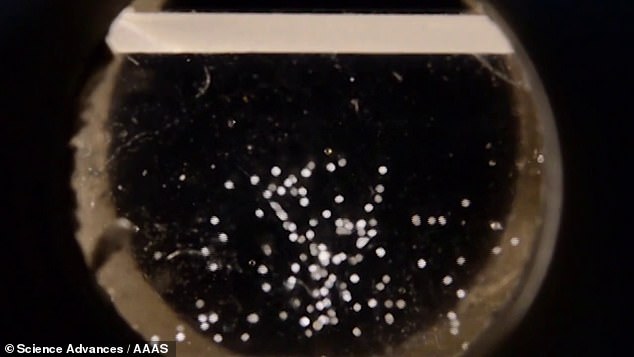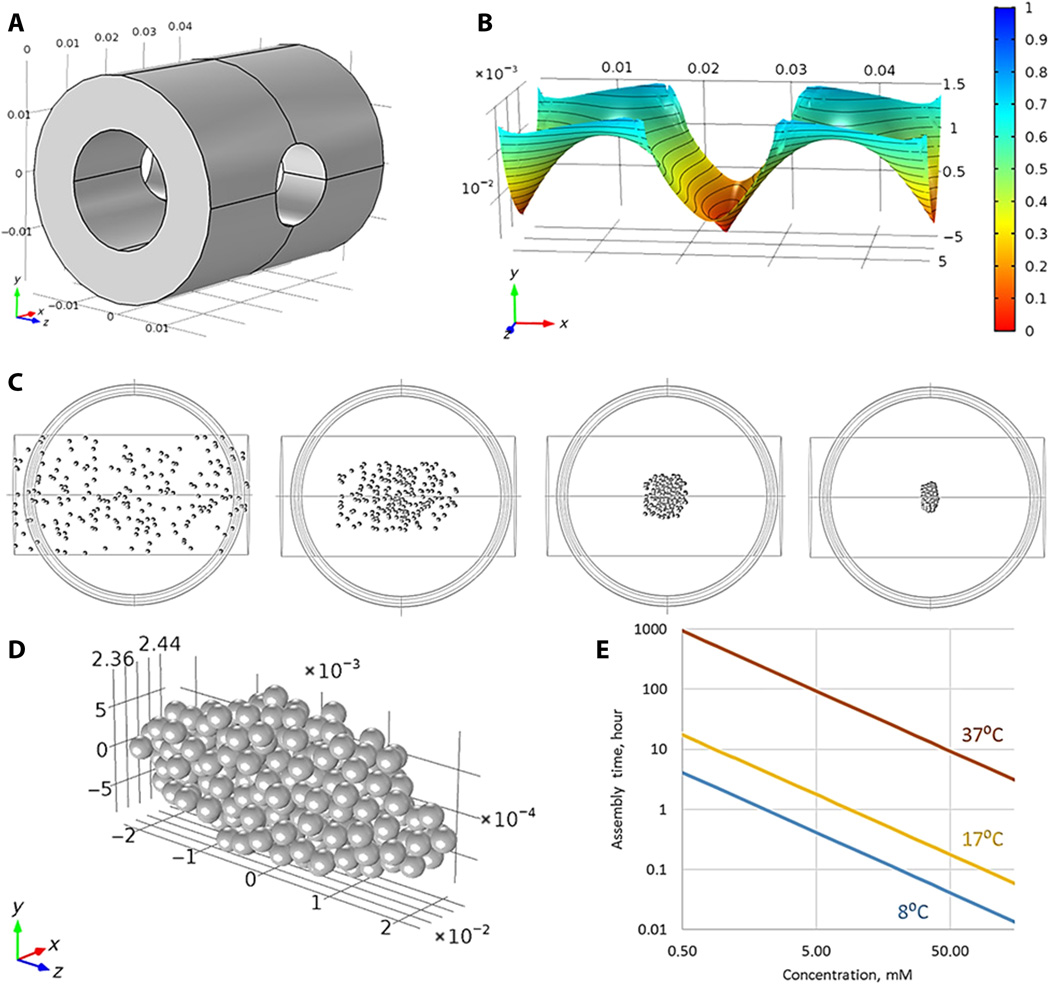You may wonder what the point is of 3D printing in space; after all, isn’t that something we can do on terra firma—and spend other, more valuable time performing experiments related to faraway galaxies? While NASA certainly has its eye on space research and impending travels (to places like Mars), the actual purpose of the International Space Station (ISS) is to take advantage of the environment in performing scientific research. And as scientists become further immersed in tissue engineering and experimenting with ways to sustain cells, zero gravity offers a perfect environment for learning more and perfecting bioprinting.
Now, Russian cosmonaut Oleg Kononenko has bioprinted cartilage on the ISS, offering critical value to space travelers as the technique could allow for the ultimate first aid in treating interstellar injuries. The new technique, developed in partnership with Moscow’s 3D Bioprinting Solutions, uses magnetic fields in bioprinting practices.

Oleg Kononenko used a new type of ‘scaffold-free’ tissue engineering approach developed by Moscow firm 3D Bioprinting Solutions that uses magnetic fields.

This approach, called ‘levitational bioassembly’, may also pave the way for advances in space regenerative medicine that could be used in long-distance space travel where astronauts and cosmonauts may be away from Earth for months or years. They used a custom bioassembler
Avoiding typical challenges causes in creating scaffolding, Kononenko relied on the pull of magnetic fields to enable self-assembly of cells in microgravity. Not only is the method encouraging overall for the tissue engineering field, but levitational bioassembly also offers great potential for space regenerative medicine that could be necessary if space travelers were injured—and not coming back to Earth for extensive amounts of time.

Tissue cells were placed in a temperature-controlled chamber to release the cartilage cells, then placed the cuvettes into the magnetic bioassembler to begin constructing tissue as seen in this image
Because experiments regarding the effects of microgravity on human cartilage can be very expensive, only two studies have been performed previously—with success in growing cells on structures like scaffolds. For this study, outlined in the recently published ‘Magnetic levitational bioassembly of 3D tissue construct in space,’ Russian researchers realize potential problems in using magnetic levitational bioassembly—primarily focusing on issues with cytotoxicity, as Gadolinium (Gd3+) chelates are generally used in such work.
“Theoretically, there are three possible ways to reduce undesirable toxic effects of paramagnetic medium: (i) develop low-toxic Gd3+-salts or alternative paramagnetic medium, (ii) perform levitational bioassembly in high magnet field, and (iii) perform magnetic levitational bioassembly under the conditions of microgravity,” explained the authors.

(A) Cuvettes filled with chondrospheres in thermoreversible nonadhesive hydrogel, culture medium with paramagnetic gadobutrol, and fixative solution (formalin). (B) Main stages of experiment performed on the ISS: activation of cuvettes by cooling down to 15°C, magnetic fabrication of 3D tissue constructs at 37°C, followed by fixation. (C) Transportation of cuvettes back to Earth. (Photo credit: Vladislav A. Parfenov and Frederico DAS Pereira, Laboratory for Biotechnological Research “3D Bioprinting Solutions”, Moscow, Russia.)
For this work, they proceeded with a nontoxic Gd3+-chelate concentration, using COMSOL software to create a model of the necessary magnetic field, with bioassembly successful “in good agreement” with their prepared computational formulas. Two stages were required during the experiment, including the configuration of the magnetic field (performed at ambient temperature on the ISS), and then study of the fusion of the tissue spheroids as they began to stabilize into actual 3D tissue.

(A) System of magnets installed into magnetic bioassembler. (B) Magnetic field generated by system of magnets. (C) Modeling of construct assembly process. (D) Modeled shape of the construct after assembly. (E) Kinetics of the construct assembly as a function of gadobutrol concentrations and temperature. (Image from ‘Magnetic levitational bioassembly of 3D tissue construct in space’)
“According to mathematical modeling, the level of tissue spheroid fusion completeness was higher than 50%, and in some fragments, it achieved more than 90% of possible compaction,” explained the authors. “Taking this into account, we could assume that the elongation of biofabrication time would enable the complete fusion of chondrospheres into a single 3D tissue construct.”

(A) Time-lapse photographs of the construct assembly inside the magnetic bioassembler in space. (B) Computer simulation of chondrosphere fusion into 3D construct using “Surface Evolver” software. (C) Real sequential steps of construct bioassembly in space; snapshots from time-lapse video recording. (D) Macrophotography of assembled 3D construct returned to Earth. (E) Histology [hematoxylin and eosin (HE) staining] and immunohistochemistry [proliferation marker Ki-67 and apoptosis marker caspase-3 (Casp-3)] of 3D tissue construct assembled in space experiment. (Photo credit: Kenn Brakke, Susquehanna University, Selinsgrove, PA, USA; Elizaveta Koudan, Laboratory for Biotechnological Research “3D Bioprinting Solutions”, Moscow, Russia.)
Subscribe to Our Email Newsletter
Stay up-to-date on all the latest news from the 3D printing industry and receive information and offers from third party vendors.
You May Also Like
Precision at the Microscale: UK Researchers Advance Medical Devices with BMF’s 3D Printing Tech
University of Nottingham researchers are using Boston Micro Fabrication‘s (BMF) 3D printing technology to develop medical devices that improve compatibility with human tissue. Funded by a UK grant, this project...
3D Printing Webinar and Event Roundup: April 21, 2024
It’s another busy week of webinars and events, starting with Hannover Messe in Germany and continuing with Metalcasting Congress, Chinaplas, TechBlick’s Innovation Festival, and more. Stratasys continues its advanced training...
3D Printing Webinar and Event Roundup: March 17, 2024
It’s another busy week of webinars and events, including SALMED 2024 and AM Forum in Berlin. Stratasys continues its in-person training and is offering two webinars, ASTM is holding a...
3D Printed Micro Antenna is 15% Smaller and 6X Lighter
Horizon Microtechnologies has achieved success in creating a high-frequency D-Band horn antenna through micro 3D printing. However, this achievement did not rely solely on 3D printing; it involved a combination...





























